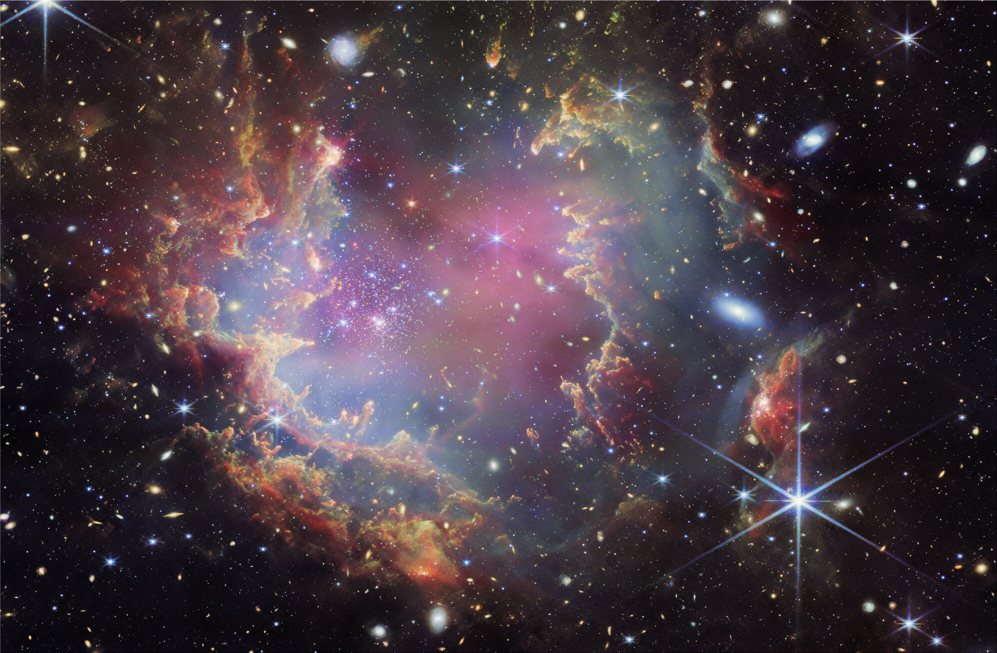Astronomers have discovered brown dwarfs outside of the Milky Way for the first time.
Brown dwarfs serve as the crucial link that helps to distinguish between stars and planets on a physical level. Back in the 1960s, astrophysicist Shiv Kumar calculated that for a celestial body to become a star, it must possess a mass of at least 7-9% of the Sun's mass, roughly equivalent to 75-100 Jupiters. Becoming a star involves igniting a thermonuclear reactor within, where hydrogen transforms into helium, releasing vast amounts of energy.
The scientist only theoretically suggested at the time that there could be objects in space with a lower mass that are incapable of "burning" like stars but are still quite massive when compared to planets. Kumar referred to them as black dwarfs. Since then, around three thousand of these objects have been discovered, and they have come to be known as brown dwarfs.
Although they are dim and short-lived, these objects do emit some light. This indicates that some thermonuclear processes occur within them. To begin "warming up" internally, a brown dwarf must have a mass of at least 13 Jupiters.
Scientists continue to investigate whether these objects are closer to stars or planets. On one hand, they are not observed orbiting a true star, meaning they wander freely through space. On the other hand, their atmosphere is quite similar to that of planets.
In this regard, it is fundamentally important for astronomers to determine how brown dwarfs form—whether like planets, in protoplanetary disks, or separately, like stars. This is why researchers recently decided to closely examine an intriguing area in space—the young star cluster NGC 602, located near the Small Magellanic Cloud, a satellite galaxy of the Milky Way. There, within a dense cloud of interstellar material, many small, low-mass lights are being born.

An international team of scientists led by a specialist from the Space Research Institute, Peter Zeidler, utilized the James Webb Space Telescope to observe NGC 602. Their suspicions were confirmed: there was a whole collection of objects recorded as candidates for brown dwarfs—64 in total. Their mass is estimated to range from 50 to 84 times that of Jupiter.
In an article published in the journal The Astrophysical Journal, the researchers noted that brown dwarfs had previously only been observed within the Milky Way. Interestingly, only newly formed substellar objects are observed near the Small Magellanic Cloud. This allows for a clearer understanding of how they are born.
Ultimately, the scientists concluded that brown dwarfs form in the same way as stars; they simply do not acquire sufficient mass to initiate full thermonuclear fusion.